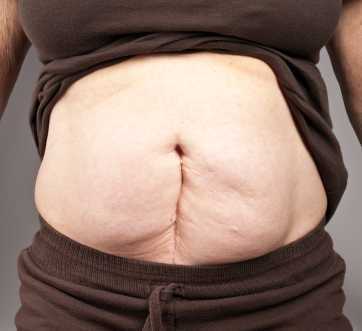Visceral Mobilizations and "Pathological Adhesions"

Insights in fascial mobility and dysfunctions are provided in this article by Gil Headley, and instructor who spends a significant amount of time working with anatomical dissections. Visceral fascia, according to Hedley, contains 3 layers: a fibrous outermost layer, a parietal serous layer, and a visceral serous layer. Fascial layers are, for the most part, designed to be able to slide over one another. Dysfunction can occur when there is a fixation in the connective tissues that prevents such sliding. A disruption in visceral fascial mobility may impair the necessary functional movement of the organs. Consider the mobility of the lungs and the heart when neuromuscular functions cause air or blood to expand and contract within the organ spaces. Bringing the concept to pelvic rehabilitation, what impairments are encountered when the bladder cannot easily fill or contract, or when movement of the bowels tugs on fascial restrictions? How are the tissues of the vaginal canal influenced by restrictions in tissues above, behind, or below the structure?
Examples of causes of adhesions may include (but not are limited to) inflammation from infections or disease, post-surgical scarring, dysfunctions caused by prior adhesion or limitation, and intentional therapeutic adhesions (think of a prolapse repair). While fibrous adhesions, once palpated, may be manually pulled apart, this is not the recommendation of the article author. Unfortunately, such an approach can result in further opportunity for inflammation and adhesions. One method of improving tissue mobility is to manually facilitate "…movement towards the normal range of motion of the fixed tissues with gentle traction…" timed with deep breathing. This technique may improve the ability of the organs and tissues to slide upon one another, and also may help in prevention of further movement restrictions. Would this type of intervention always require hands-on care? The author provides an example of a patient providing gentle traction by reaching to a pull-up bar, performing deep breathing and various trunk rotation positions following a thoracic surgery.
Visceral mobilization techniques may be a part of a patient's healing approach, and these techniques may be therapist-directed, patient-directed, or both. The Institute is pleased to offer two upcoming visceral mobilization continuing education courses next month instructed by faculty member Ramona Horton. Visceral Mobilization of the Reproductive System takes place in Boston, and Visceral Mobilization of the Urologic System is being hosted in Scottsdale.
By accepting you will be accessing a service provided by a third-party external to https://hermanwallace.com./








































